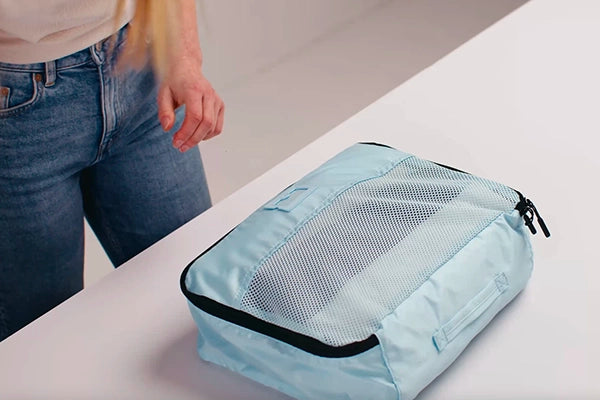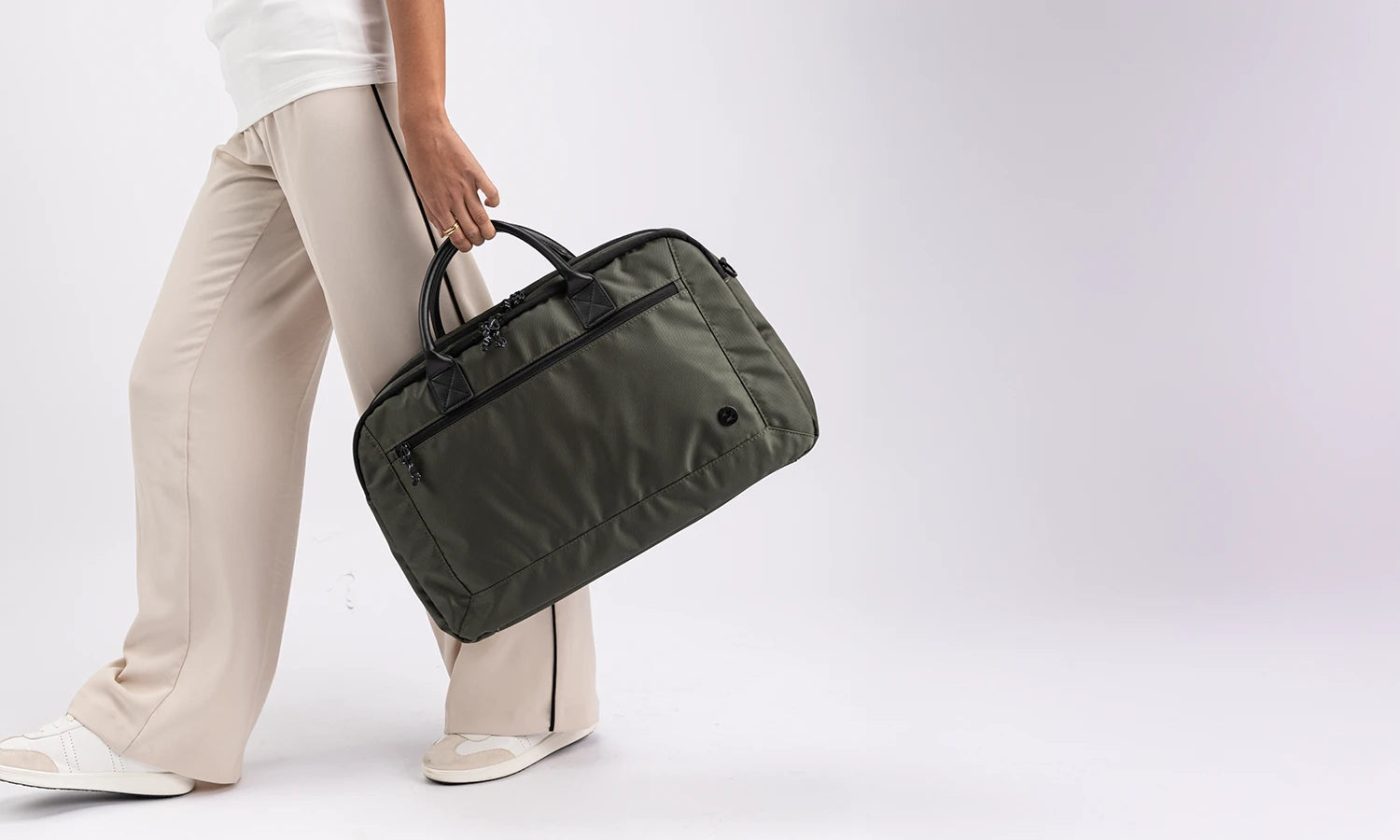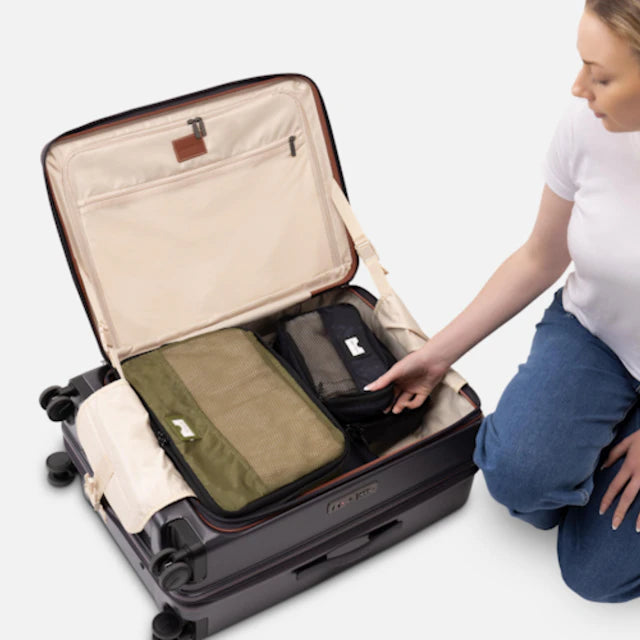The New Identity Theft: What You Need to Know About RFID Technology
Identity theft is always a concern when dealing with confidential information like credit card numbers, social security numbers, and bank account information. This information can become especially vulnerable while traveling, and the presence of RFID chips can increase this vulnerability by allowing for identity theft at a distance.
How RFID Technology Works

RFID stands for radio frequency identification and RFID is a very commonly used technology employed for tracking shipments, in building entry passes, as well as in credit cards and passports. One place you may commonly have seen this technology in use is on public transit. Any time a rider taps their Opal or myki card through a wallet, you are witnessing the magic of RFID chips.
RFID chips can be read at short distances, which is what allows them to be read through wallets, pockets, and other barriers. Unfortunately, we may be paying for this convenience by compromising our information security. Because RFID data can be read indirectly, it isn’t as secure as traditional magnetized strips. That simple step of removing your old-fashioned card for use may in fact have been keeping you safe all this time.
Detecting RFID Chips

If you’re concerned that your credit card or passport may have an RFID chip in it, there are certain telltale signs. Without even looking at your cards, you may be able to discern the presence of a chip by evaluating how you use your cards. Can you tap your card at sensors to perform a transaction? If so, your card likely contains an RFID chip.
RFID chips can also be seen on some cards, though these chips can be easy to confuse with EMV chips. They will often look like small metallic squares with lines on them, set into the front of your card. Your card may also display a PayPass logo. PayPass capabilities are generally indicated by a set of wavy lines shown on your card. These lines are meant to represent radio waves, but you might want to think of them as a little sign that your information is vulnerable. Other cards may refer to this capacity as Blink, PayWave, or ExpressPay but behind these other names lies the same capacity to compromise your personal information.
Passports are also at risk, but there is one quick and easy way to identify if your passport contains an RFID chip. If the chip is present, your passport will display a small symbol that looks like a rectangle with a circle in the center and with lines on either side of the circle. Countries have been progressively introducing RFID enabled passports over the last decade or so to speed travel through customs. In Australia, for example, qualified applicants have been receiving epassports since 2005. If your passport has an RFID chip, it’s worth going the extra mile to keep it protected.
Identity Theft Concerns

The kind of digital identity theft that uses RFID chip data is subtle but pernicious. Thieves who are interested in taking advantage of this technology do so through the use of specialized scanners. These scanners can be obtained online relatively cheaply, although as a few hackers have demonstrated, it takes some skill to know what to do next once private information is obtained.
Part of what complicates RFID based identity theft is that rather than employing your credit card number and CVV code, RFID transactions are each assigned a unique, one use CVV number. This unique number is meant to prevent precisely the kind of identity theft discussed here, but there are ways around it. Hackers have managed to encode the information from RFID readers onto blank credit cards using magnetizing devices and then use the popular smart phone squares to pay themselves from your accounts. It may only work once, but the theft can be significant.
Protecting Yourself From RFID Identity Theft
Although many people are just starting to become aware of the risks of RFID cards, the credit card industry has known about the potential risks of this technology since at least 2006. So what have they done to protect you? Newer versions of RFID cards have been said to transmit less of the vital information linked to your card when scanned, an improvement that credit card companies state makes hacking the cards an inefficient process for identity theft. And while this may be true, thieves tend not to concern themselves with whether or not the process is efficient if it continues to benefit them.
All this is to say that credit cards companies have failed to resolve many of the potential issues posed by RFID technology, and that leaves consumers to take the issue into their own hands. Clearly, as evidenced by the way many RFID cards are used, a cloth or leather barrier between your credit card and the world is inadequate for stopping information theft. Rather, RFID blocking demands more elaborate measures.
One possibility for disabling your RFID chip, and one that few experts would recommend, is to destroy your card’s chip in the microwave. If you’ve ever considered what happens when you put a credit card in the microwave however, you probably know this is a bad idea. Just five seconds in the microwave can set your chip on fire. Your RFID chip will be dead in the first three seconds, but that’s an awfully narrow line to walk.
Some will tell you that in order to truly protect your information, you need what is called a Faraday cage. A Faraday cage is a device that stops the flow of radio waves in either direction. Certainly such a device will do the trick, but they can get bulky. Ultimately, your best bet for protecting your cards comes from having strong protection at the wallet level.
Specially made wallets such as those by Zoomlite can protect your cards without adding bulk to your wallet. In fact, all Zoomlite wallets are made precisely with the problem of identity theft in mind, but they do so without compromising style. Discover the possibilities Zoomlite has to offer and find peace of mind knowing that their leather RFID blocking wallets featuring Zoomshield technology will protect your valuable information.










Leave a comment